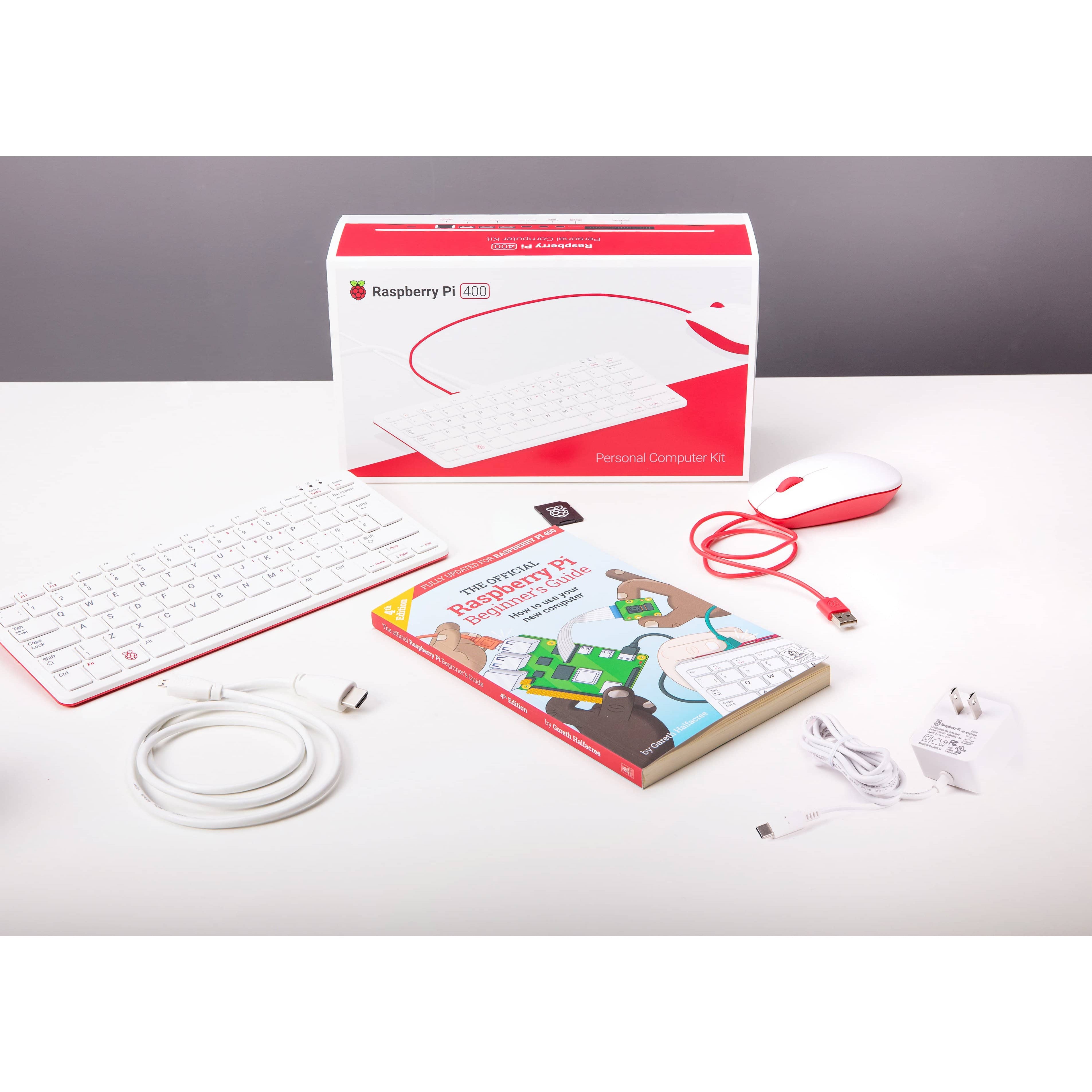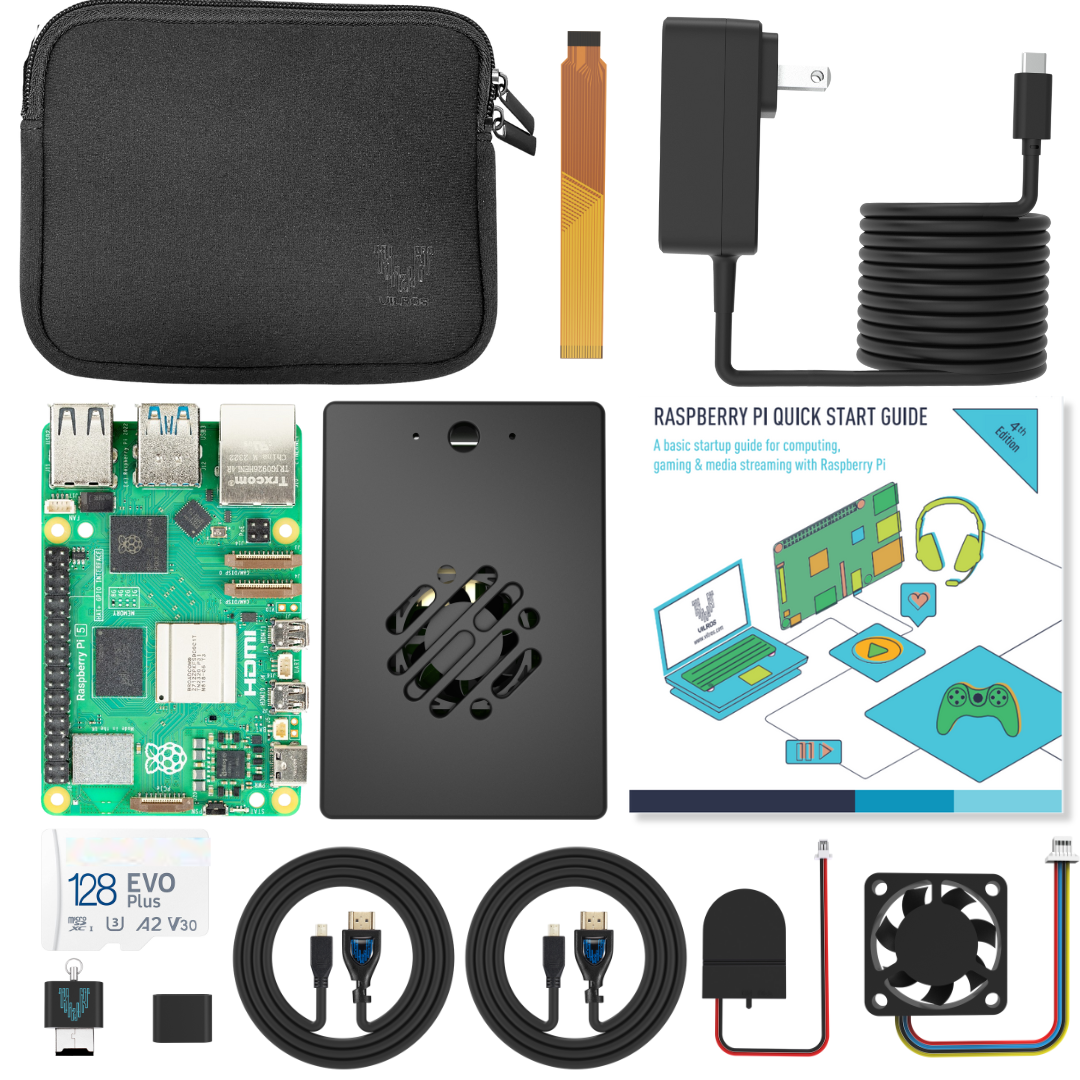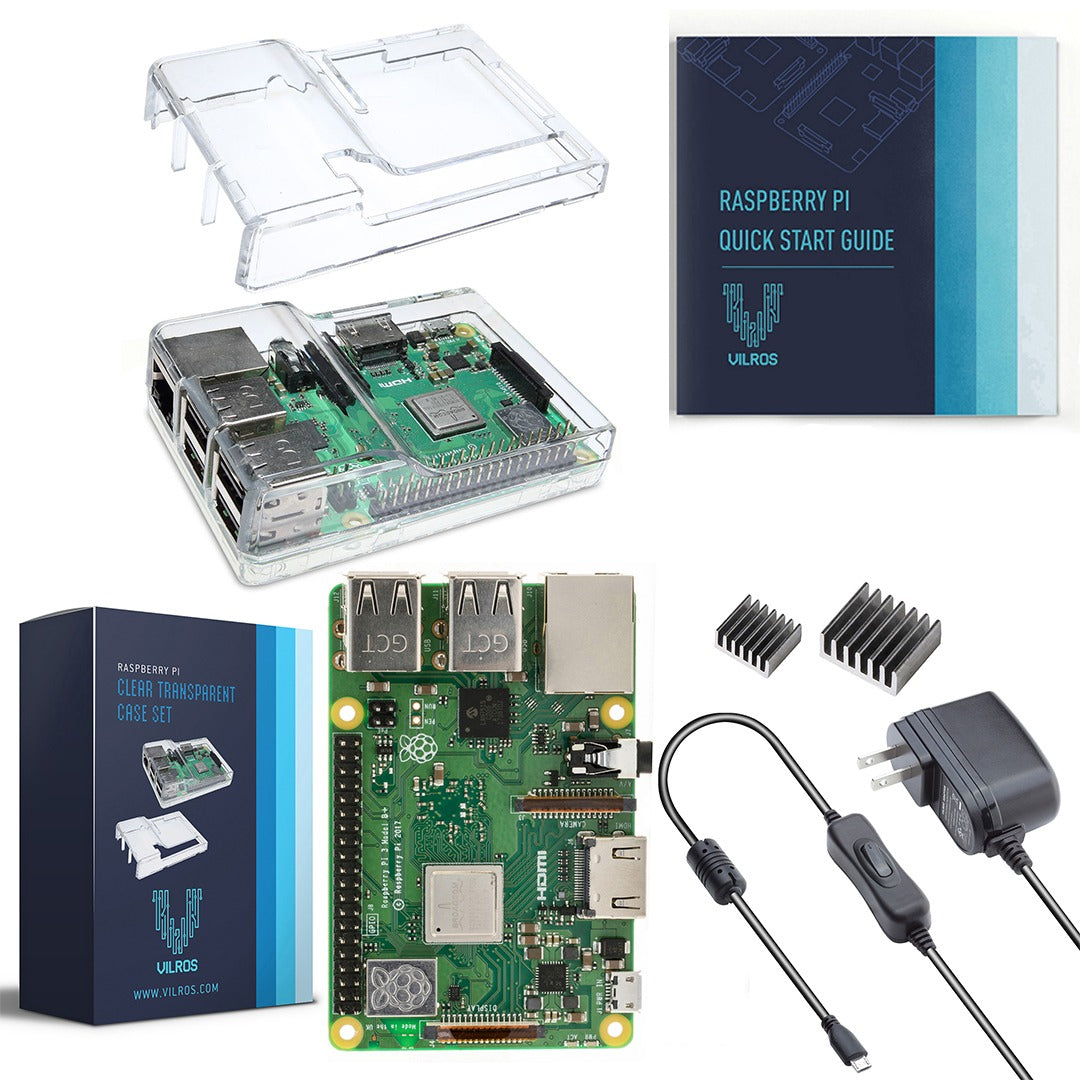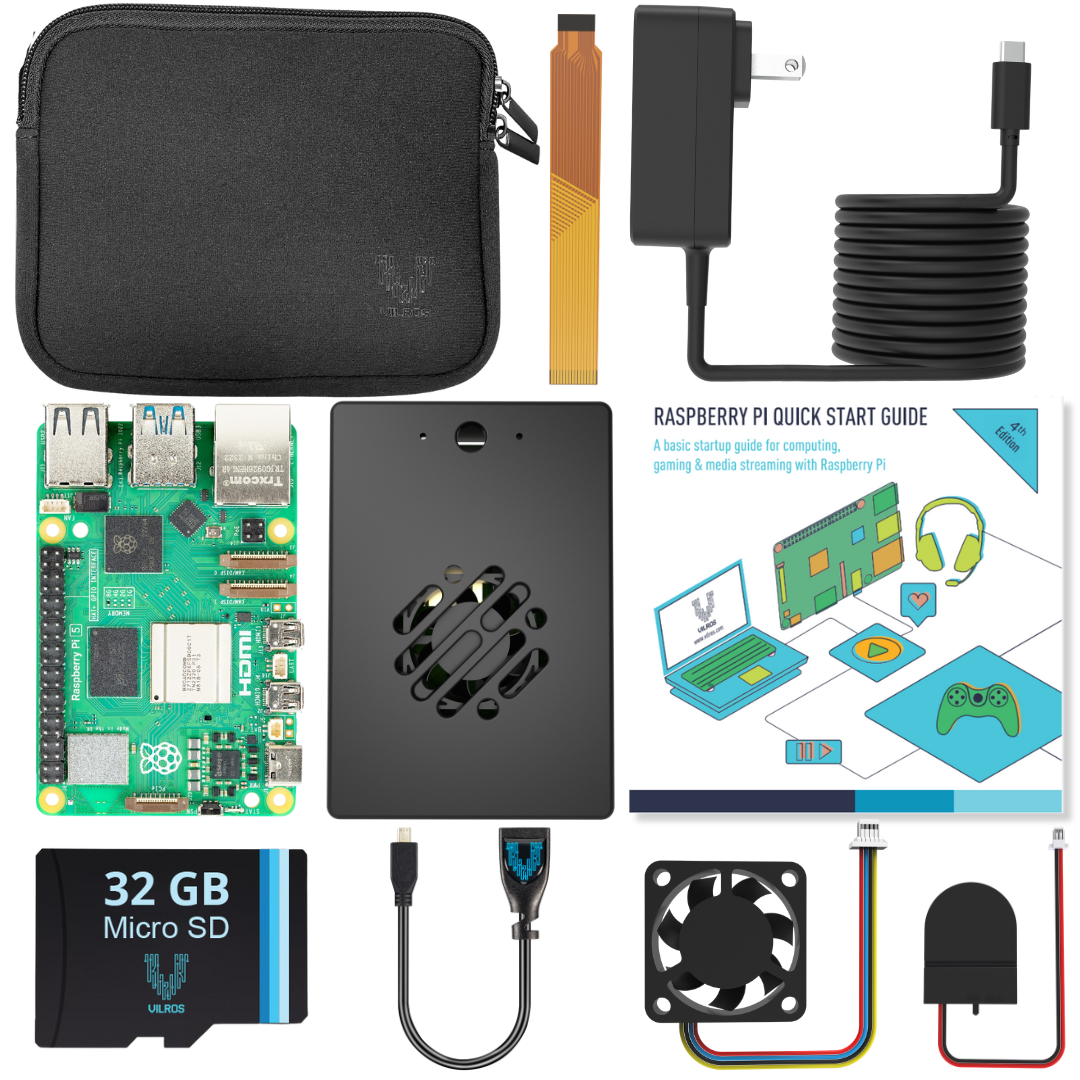
Now Use the Arduino IoT Cloud to Upload Sketches Over-the-Air (OTA)
Now Use the Arduino IoT Cloud to Upload Sketches Over-the-Air (OTA)
Over-the-air (OTA) functionality can be incredibly useful when you’re creating IoT projects. Luckily, now you can upload sketches via OTA with Arduino’s IoT Cloud.
For example, let’s say you want to build a weather monitoring project. You set up your devices and install your sensors way up on the roof to collect data. It’s a challenging installation, especially if you’re afraid of heights, but totally worthwhile to do if you can set it up once and then continue to collect valuable information for months.
However, what if it wasn’t a one-and-done climb to the top of the roof? What if you had to go back up every time you wanted to make a modification or fix a bug? The hassle and inconvenience would make it understandable if you scrapped the project or never even initiated it.
This is just one of the many problems that’s solved by OTA. With the Arduino Nano 33 IoT or MKR WiFi 1010 connected to the Arduino IoT Cloud, you can now update your project sketches anywhere you can connect to wireless internet.
Now you can easily change, fix, and improve all sorts of IoT projects from just about anywhere!
The 2 Things You Need to Do to Use OTA 
In order to use OTA with the Arduino IoT Cloud, there are two things you need to do: 1.) Create a “Thing”, and 2.) Enable a Device.
A “Thing” in IoT is the thing that manages the interaction between a physical device and the cloud. This is done through a dedicated library, such as the Arduino Connection Handler, which makes it possible to store data to the cloud.
It’s easy and straightforward to create a “Thing”. You just make a selection from the Main Menu on the IoT Cloud and specify the variables you want to exchange with a certain device. You do, though, have to have a device enabled, which leads to the second step….
Enabling a device, means connecting a board (such as your Arduino Nano or MKR) to the IoT Cloud and ensuring the firmware is updated. All you have to do is the plug the device into the USB port, click on the “Device” tab on the IoT Cloud and “Add Device.” Next, a wizard will guide you through the remaining steps, and once its complete, your board is ready for OTA.
If you’re still a beginner to IoT, you might want to consult this IoT Project Tutorial, which features more in-depth information and pictorial instructions for all the steps needed to build a project and perform OTA updates with Arduino.
Why Use the Arduino Sketch Editor?
The Sketch Editor is a new tool that enables you to make minor changes to the code for your Arduino IoT projects.
Arduino developers created the Sketch Editor to make it simpler for new users who are just learning IoT to easily follow along with Arduino tutorials. For example, if you have the Oplà IoT Kit, it is simple to learn how to make the modifications for the included projects, so that you can experiment with making changes to your project without needing massive changes to your code.
More advanced users will appreciate that they can quickly and efficiently make small changes to a sketch, especially when it doesn’t require additional libraries or more complex editing functions.
More Tools and Tutorials for Your IoT Journey
If you want to learn more about OTA and the new features available for the Arduino IoT Cloud, check out the detailed tutorial on “Uploading Sketches Over-the-Air (OTA)”.
For a full-fledged beginner’s introduction to IoT, consult the “Getting Started with the Arduino IoT Cloud” guide.
And if you want more resources, news, and project ideas for Arduino and Raspberry Pi, be sure to check out more articles here on our Vilros blog!





